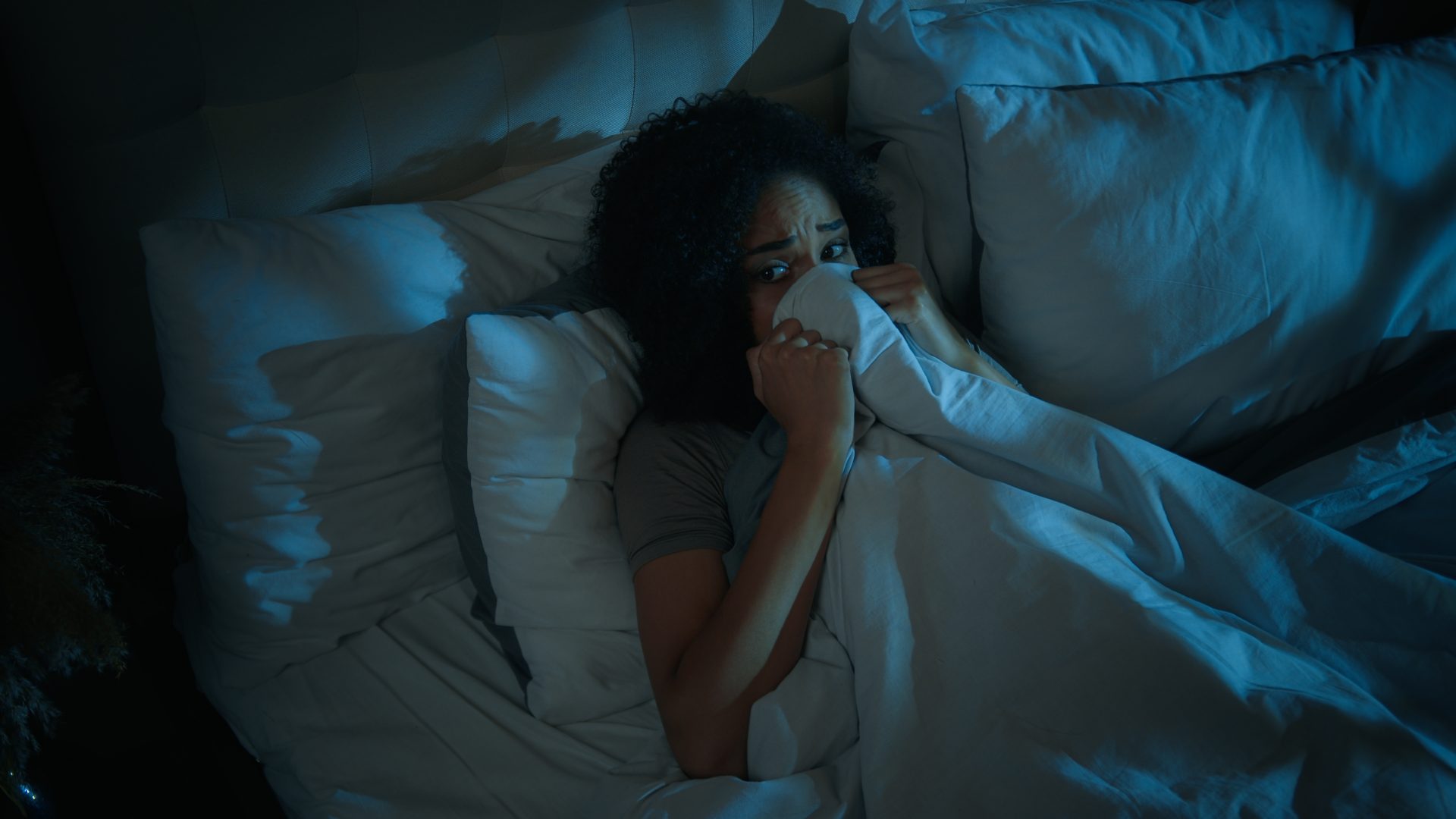Phobias represent a complex category of anxiety disorders that extend far beyond typical fears, creating overwhelming psychological responses that can severely limit individuals’ ability to function in daily life. These conditions affect millions of Americans, with researchers estimating that between 8% and 12% of the population experiences specific phobias that meet clinical diagnostic criteria.
Unlike ordinary fears that most people experience occasionally, phobias generate intense and often debilitating reactions to specific objects, situations, or environments. The severity of these responses distinguishes phobias from common anxieties, as individuals with these conditions often recognize that their fear responses are disproportionate to actual danger levels yet remain unable to control their reactions.
Clinical classification reveals diverse fear categories
Mental health professionals organize phobias into five primary categories that encompass the vast majority of documented cases. (1) Animal phobias include fears of creatures such as spiders, dogs, snakes, and insects. (2) Natural environment phobias involve reactions to heights, storms, water, and similar natural phenomena. (3) Blood, medical procedures, or injury phobias encompass fears related to needles, sharp objects, and pain. (4) Situational phobias include responses to driving, flying, or enclosed spaces. (5) Other phobias cover miscellaneous fears such as clowns, choking, or specific visual patterns.
The most frequently diagnosed phobias demonstrate clear patterns across these categories. Arachnophobia, the fear of spiders, ranks among the most common animal phobias, while acrophobia, or fear of heights, represents a prevalent natural environment phobia. Medical-related fears often center on trypanophobia, the fear of needles, which can significantly impact healthcare access and treatment compliance.
Agoraphobia receives separate diagnostic classification due to its complexity and potential for multiple triggers. This condition requires individuals to experience fear responses across multiple public spaces or situations, making it particularly challenging to manage and treat effectively.
Demographic patterns reveal surprising trends
Research demonstrates significant demographic variations in phobia prevalence and development patterns. Women experience specific phobias at twice the rate of men, suggesting potential biological, psychological, or social factors that influence susceptibility to these conditions. This gender disparity appears consistent across most phobia categories and persists throughout different age groups.
Age of onset provides crucial insights into phobia development, with most cases emerging before age 10. This early development pattern suggests that childhood experiences, genetic predispositions, and developmental factors play significant roles in phobia formation. However, prevalence rates vary considerably by age group, with teenagers experiencing rates as high as 16% in some studies.
Older adults demonstrate lower phobia rates, with estimates ranging between 3% and 5% for individuals over 65. This decline may reflect successful coping strategies developed over time, reduced exposure to triggering situations, or changes in brain chemistry associated with aging processes.
Symptom manifestations affect multiple body systems
Phobia responses involve complex interactions between mental, physical, and behavioral symptoms that can significantly impact quality of life. Mental symptoms include overwhelming fear, panic responses, feelings of immediate danger, and disconnection from reality through depersonalization or derealization experiences. These psychological reactions often persist even when individuals recognize that their fears are excessive or irrational.
Physical symptoms demonstrate the body’s powerful stress response systems, including rapid heart rate changes, sweating, trembling, nausea, chest pain, breathing difficulties, dizziness, and potential fainting episodes. Some individuals experience tunnel vision or facial pallor as blood flow redirects during fear responses. These physiological reactions can be so severe that they mimic medical emergencies, creating additional anxiety about health conditions.
Behavioral adaptations represent perhaps the most life-limiting aspects of phobic disorders. Individuals often restructure their entire lives to avoid encountering triggers, potentially limiting career opportunities, social relationships, and personal growth. Some people avoid necessary medical care due to medical phobias, while others relocate to different geographic areas to escape environmental triggers.
Complex causes involve multiple contributing factors
The development of phobias involves intricate interactions between genetic predispositions, environmental experiences, and psychological processes that researchers continue to investigate. Traumatic experiences, whether directly experienced or witnessed, can create lasting fear associations that evolve into phobic responses. These traumatic origins help explain why some phobias develop suddenly following specific incidents.
Genetic factors contribute significantly to phobia development, with certain types showing strong familial clustering patterns. Animal phobias, blood and medical procedure fears, and situational phobias demonstrate particularly high rates of occurrence among family members, suggesting inherited vulnerabilities to these specific fear categories.
Informational transmission and learned behaviors also influence phobia development, as individuals may acquire fears through repeated exposure to frightening information or by observing others’ fear responses. Children with overprotective parents show increased rates of specific phobias, indicating that family dynamics and parenting styles can contribute to fear development.
Health complications extend beyond psychological impact
Untreated phobias create substantial risks for developing additional mental health conditions that can compound the original difficulties. Anxiety disorders, bipolar disorder, depression, personality disorders, and substance use disorders occur at higher rates among individuals with phobias. These comorbid conditions often develop after phobia onset, suggesting that persistent fear and avoidance behaviors may contribute to their emergence.
Physical health complications also arise from chronic stress responses associated with phobic disorders. Heart disease, chronic obstructive pulmonary disease, and neurological conditions such as Parkinson’s disease show increased prevalence among individuals with severe phobias. Balance problems and dizziness can lead to falls and injuries, particularly among older adults with phobic conditions.
The interconnected nature of these complications demonstrates how phobias can create cascading health effects that extend far beyond the original fear responses, making early intervention and comprehensive treatment approaches essential for preventing long-term consequences.
Diagnostic processes require comprehensive evaluation
Mental health professionals use structured interviews and standardized questionnaires to diagnose phobias, focusing on symptom severity, duration, and functional impact rather than laboratory tests or medical imaging. The diagnostic process involves detailed exploration of trigger identification, symptom patterns, lifestyle impacts, and potential contributing factors such as traumatic experiences.
Specific phobia diagnosis requires meeting seven distinct criteria that distinguish clinical conditions from normal fears. These criteria include experiencing strong fear responses to specific triggers, immediate anxiety upon exposure, active avoidance behaviors, disproportionate fear responses, symptom persistence for at least six months, significant life disruption, and ruling out other potential explanations for the symptoms.
The six-month duration requirement helps distinguish temporary fears from persistent phobic conditions, while the functional impairment criterion ensures that only clinically significant cases receive formal diagnoses. This comprehensive approach helps healthcare providers develop appropriate treatment plans tailored to individual needs and circumstances.
Treatment approaches offer multiple intervention strategies
Cognitive behavioral therapy represents the primary treatment approach for most phobic disorders, helping individuals modify thought patterns and behavioral responses associated with their fears. This therapeutic approach teaches practical coping strategies, challenges irrational thought patterns, and gradually builds confidence in managing fear responses.
Exposure therapy techniques provide systematic approaches to confronting phobic triggers in controlled environments. Systematic desensitization involves gradual exposure to increasingly challenging trigger elements, while flooding techniques involve direct confrontation with feared objects or situations. These approaches can occur through real-life exposure or imaginal techniques where individuals visualize their fears while learning coping strategies.
Medication interventions, particularly antidepressants and anti-anxiety medications, can provide symptom relief for individuals with severe phobias or those who struggle with therapy-only approaches. Healthcare providers carefully evaluate medication options based on individual symptom patterns, medical histories, and treatment goals.
Long-term outcomes depend on early intervention
Treatment outcomes for phobic disorders show significant improvement with early intervention, particularly when symptoms first begin disrupting daily functioning. Approximately 75% of individuals with specific phobias experience multiple phobia types, making comprehensive treatment approaches essential for addressing all relevant fear responses.
Childhood phobias may resolve spontaneously in some cases, but those persisting into adulthood often require professional intervention to prevent lifelong limitations. Early treatment can prevent the development of additional mental health conditions and reduce the risk of severe lifestyle restrictions.
The prognosis for phobic disorders remains positive with appropriate treatment, though outcomes vary based on individual factors such as phobia severity, treatment engagement, and social support systems. Lifestyle modifications including regular exercise, healthy nutrition, adequate sleep, and stress management complement professional treatment approaches.
Understanding phobias as complex anxiety disorders rather than simple fears represents a crucial step in recognizing when professional help becomes necessary. Mental health professionals provide essential support for individuals struggling with these conditions, offering evidence-based treatments that can restore functional capacity and improve quality of life for millions of affected individuals.
















